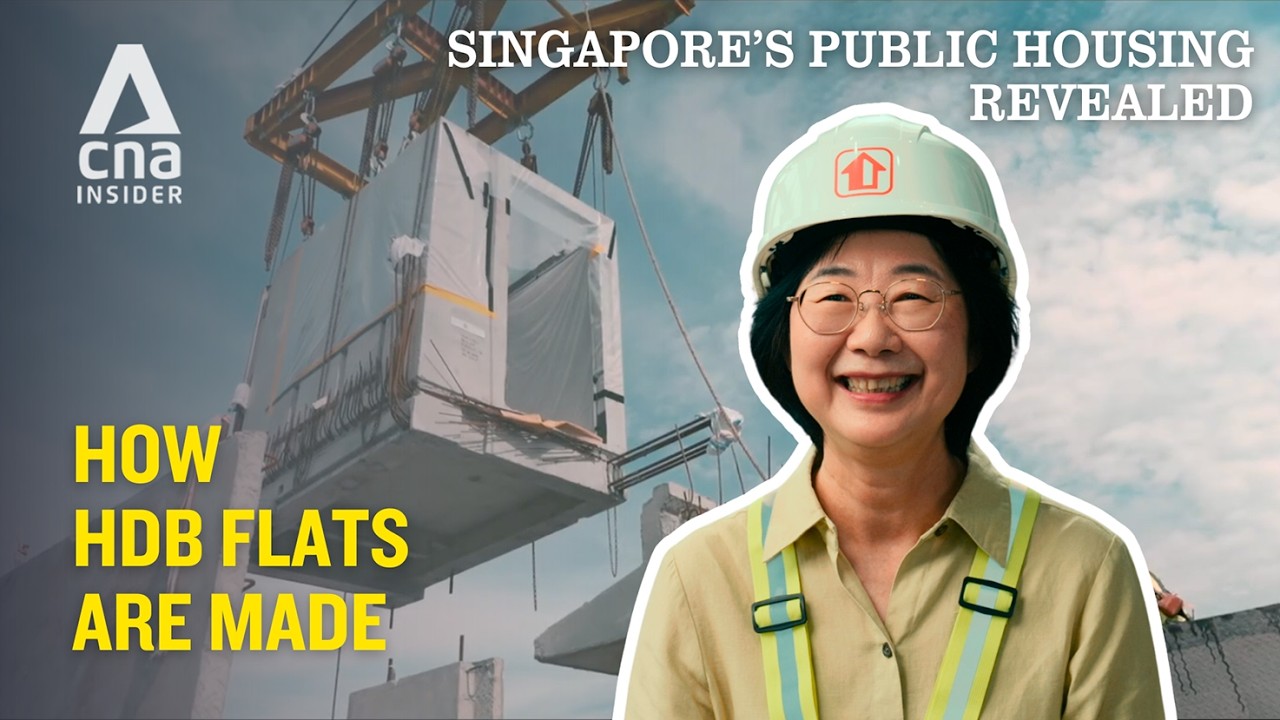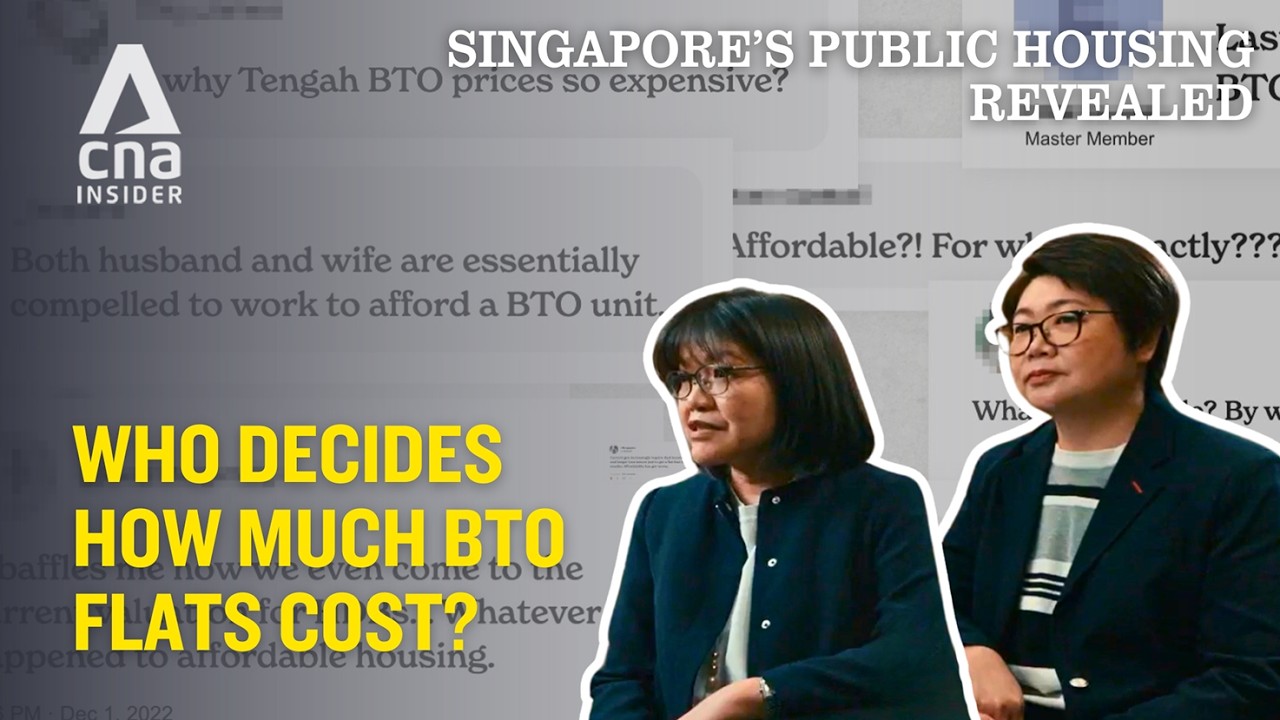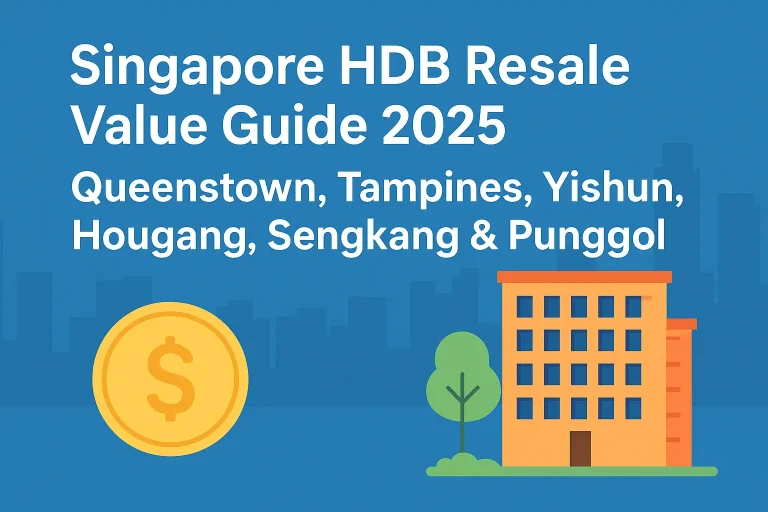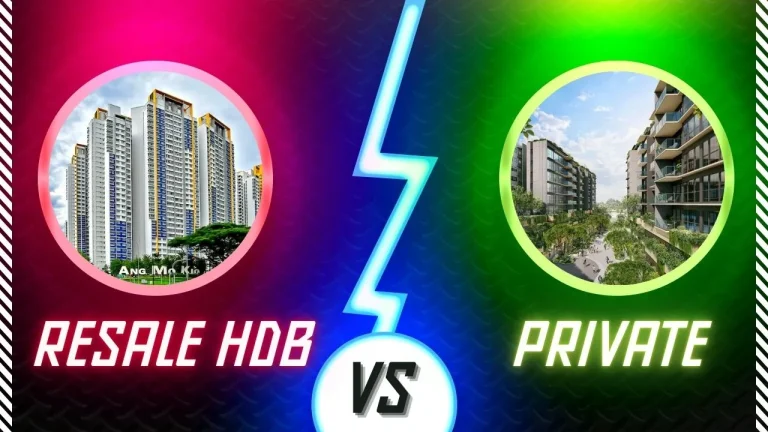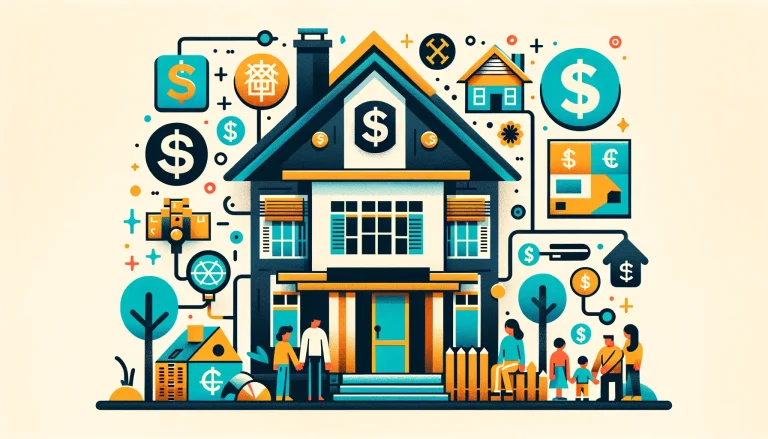
Public Housing in Singapore: A Bold Promise That Transformed a Nation
Public housing in Singapore is a testament to visionary leadership and bold promises made in a time of crisis. This blog explores the remarkable journey from overcrowded slums to modern public housing that has shaped the lives of millions in Singapore.
Table of Contents
- A Bold Promise
- Lim Kim San Leads HDB
- The Evolution of HDB Design
- Home Ownership for the People Scheme
- Public Housing Today: A Global Model
- FAQ
A Bold Promise
In the tumultuous landscape of post-war Singapore, a bold promise emerged that would redefine the nation. The People’s Action Party (PAP) boldly declared their intent to tackle the housing crisis head-on. This promise resonated deeply with the electorate, who were weary of the colonial government’s failures. The manifesto, a pivotal document, committed to creating more housing units than ever before, a promise that was both ambitious and necessary.
Singapore’s Living Conditions After the War
The aftermath of World War II left Singapore in dire straits. The population swelled to nearly a million, but living conditions were appalling. Over seventy percent resided in cramped municipal areas, with many squeezed into the heart of the city. The colonial government had struggled to address these issues, leading to a situation where a quarter of a million people urgently needed rehousing.
Historical reports from the Singapore Improvement Trust (SIT) highlighted the dire need for housing. Yet, despite their efforts, the SIT only managed to build a mere 1,600 units per year. Overcrowded streets and dilapidated buildings became the norm, with many families living in makeshift shelters that offered little protection from the elements.
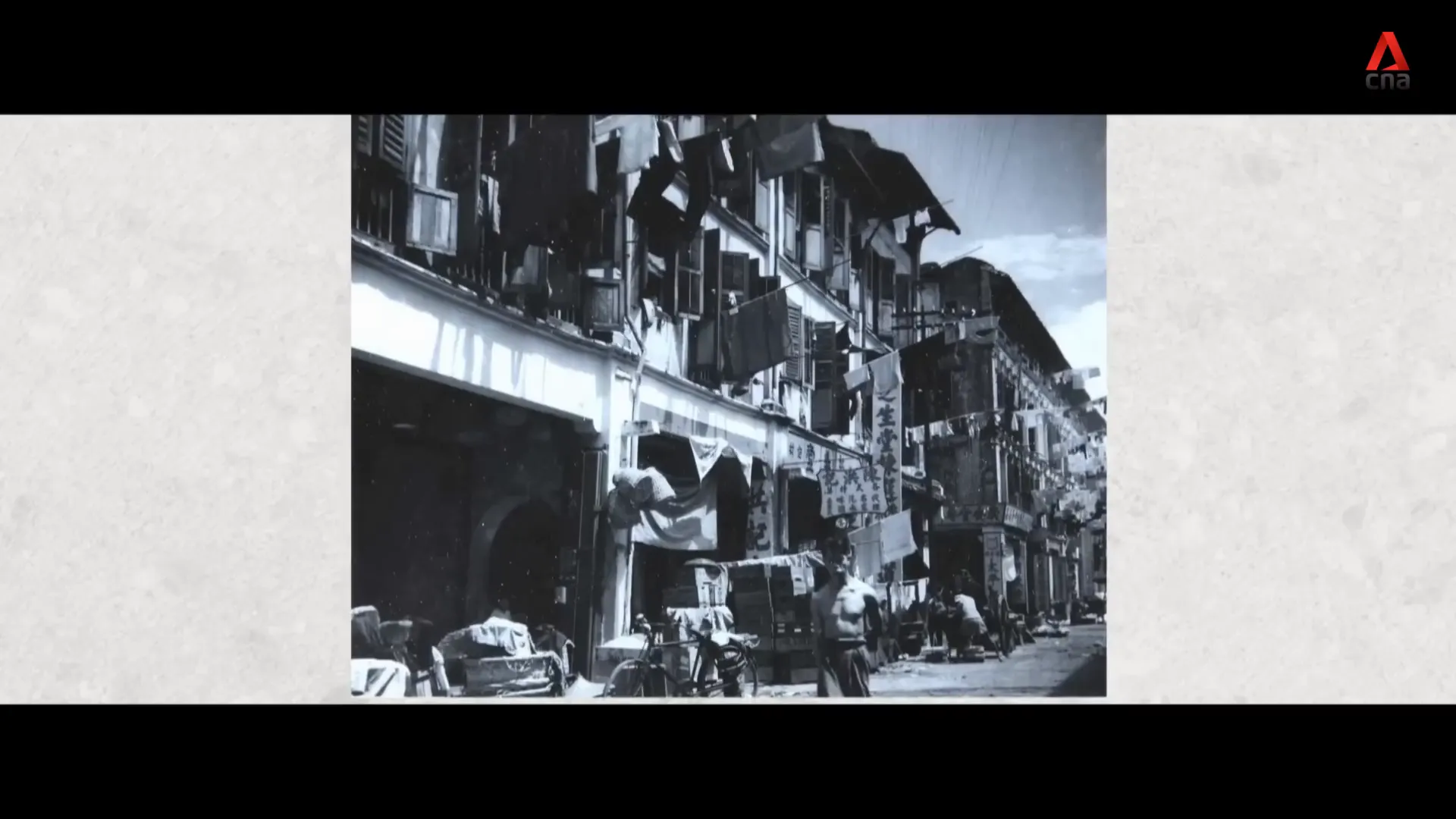
Early Public Housing in Singapore
In the late 1940s, the SIT began constructing homes, but the quality was inconsistent. The initial flats were viewed as a privilege, a lottery win for those fortunate enough to be resettled. However, these homes were often basic, with many constructed using subpar materials, leading to safety concerns and unsatisfactory living conditions.
The push for public housing was not just about providing shelter; it was about restoring dignity to the people. As the PAP emerged, they recognized that housing would be a critical issue to address. They set ambitious targets, aiming to outpace the colonial government’s efforts and deliver homes that the people could be proud of.
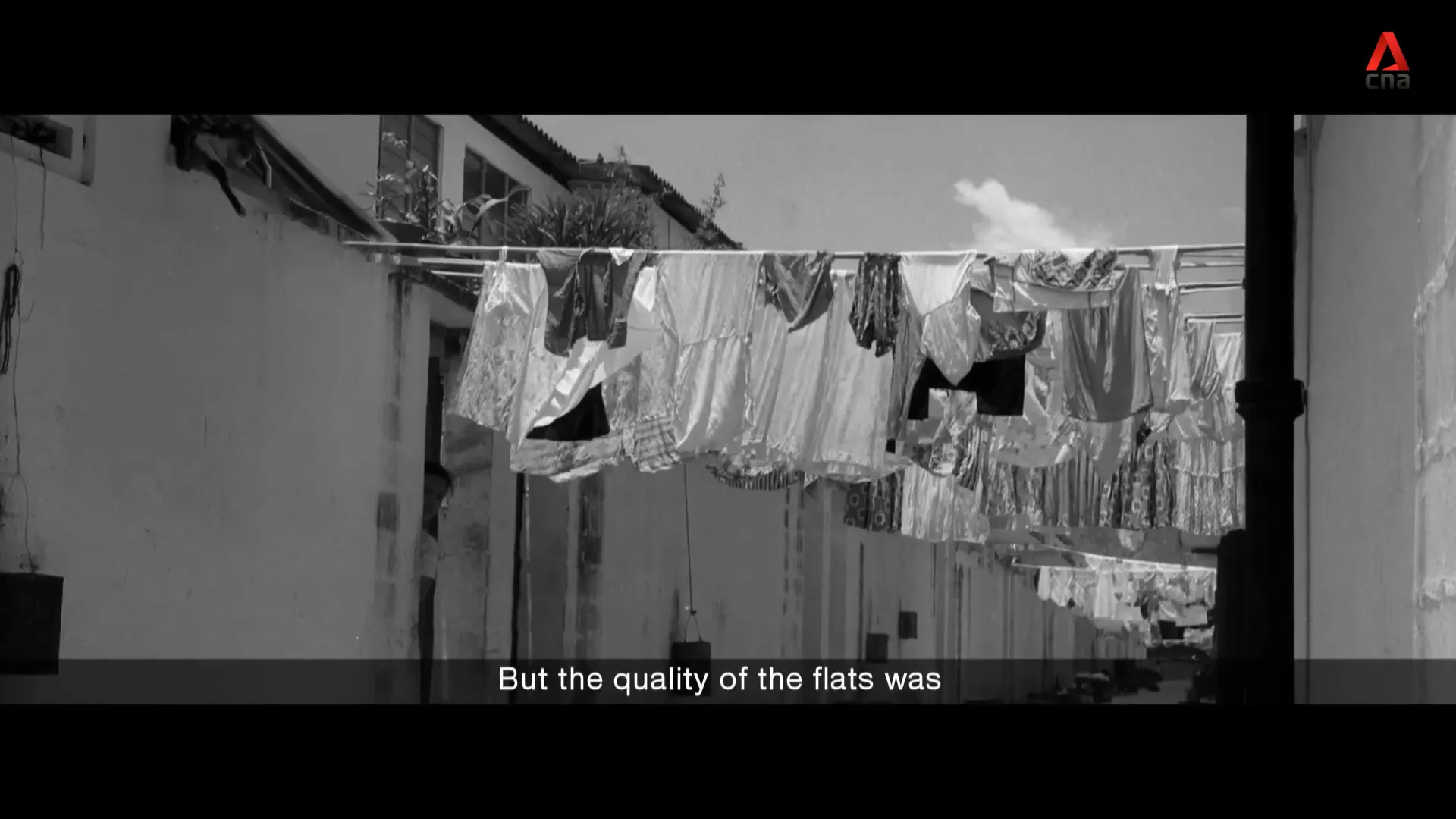
Housing to Win a Vote
Housing became a cornerstone of the PAP’s electoral strategy. In their manifesto, the party emphasized the importance of addressing the housing crisis as a means to secure public support. One memorable moment was when candidate Aung Eng Guan delivered a speech that captivated the audience, promising to clean up the city and improve living conditions.
The PAP’s campaign was not just about promises; it was about visibility. New estates and housing projects were tangible evidence of progress, something that resonated with voters. The bold commitment to housing was a key factor in their landslide victory in 1959, ushering in a new era for Singapore.
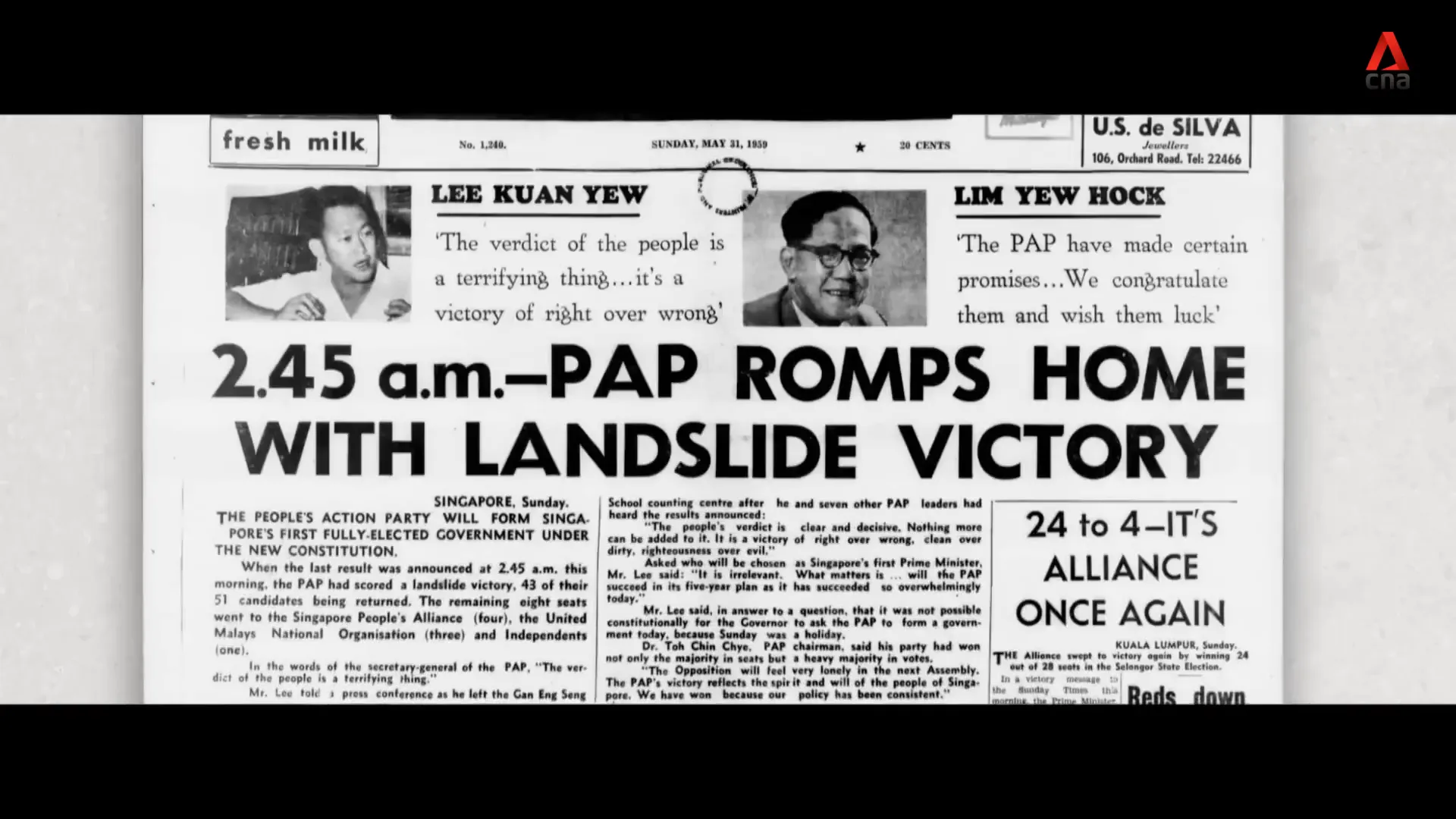
The HDB is Set Up
Following their electoral victory, the PAP faced the monumental task of addressing the housing crisis. The Housing and Development Board (HDB) was established to streamline operations and focus on efficient housing solutions. Lim Kim San, a businessman with a deep understanding of the housing needs, was appointed to lead this initiative.
Under Lim’s leadership, the HDB set ambitious targets, aiming to build thousands of units each year. The early years were marked by significant challenges, including local resistance to resettlement and a lack of technical expertise. However, the HDB’s commitment to rapid development began to bear fruit.
By 1961, the HDB had already surpassed the SIT’s annual output, reflecting a new era of efficiency and determination. The bold vision of the PAP was beginning to materialize, and with it, the promise of decent housing for all Singaporeans was closer to reality. The journey was far from over, but the foundation for a new Singapore was being laid.
Lim Kim San Leads HDB
Lim Kim San’s appointment as the chairman of the Housing and Development Board (HDB) marked a pivotal moment in Singapore’s housing history. His business acumen and understanding of the local housing crisis equipped him with the skills needed to tackle the overwhelming demand for public housing in Singapore.
Under Lim’s leadership, the HDB was not just a bureaucratic entity; it became a dynamic force for change. He implemented a streamlined approach, cutting through red tape and fostering a culture of urgency and efficiency. Lim’s hands-on style meant he was deeply involved in the operations, engaging directly with his staff and understanding the challenges they faced.
Bukit Ho Swee Fire
The Bukit Ho Swee fire in 1961 was a catastrophic event that underscored the urgency of Singapore’s housing crisis. On that fateful day, a massive blaze left 16,000 people homeless, highlighting the precarious living conditions many faced. The fire spread rapidly, consuming entire sections of the kampung before it was finally contained.
In the aftermath, Lim Kim San acted swiftly. He visited the site the very next day, coordinating immediate relief efforts and planning for the rehousing of those affected. More than 40% of the victims were resettled in completed HDB flats nearby, showcasing the board’s ability to respond to crises effectively.
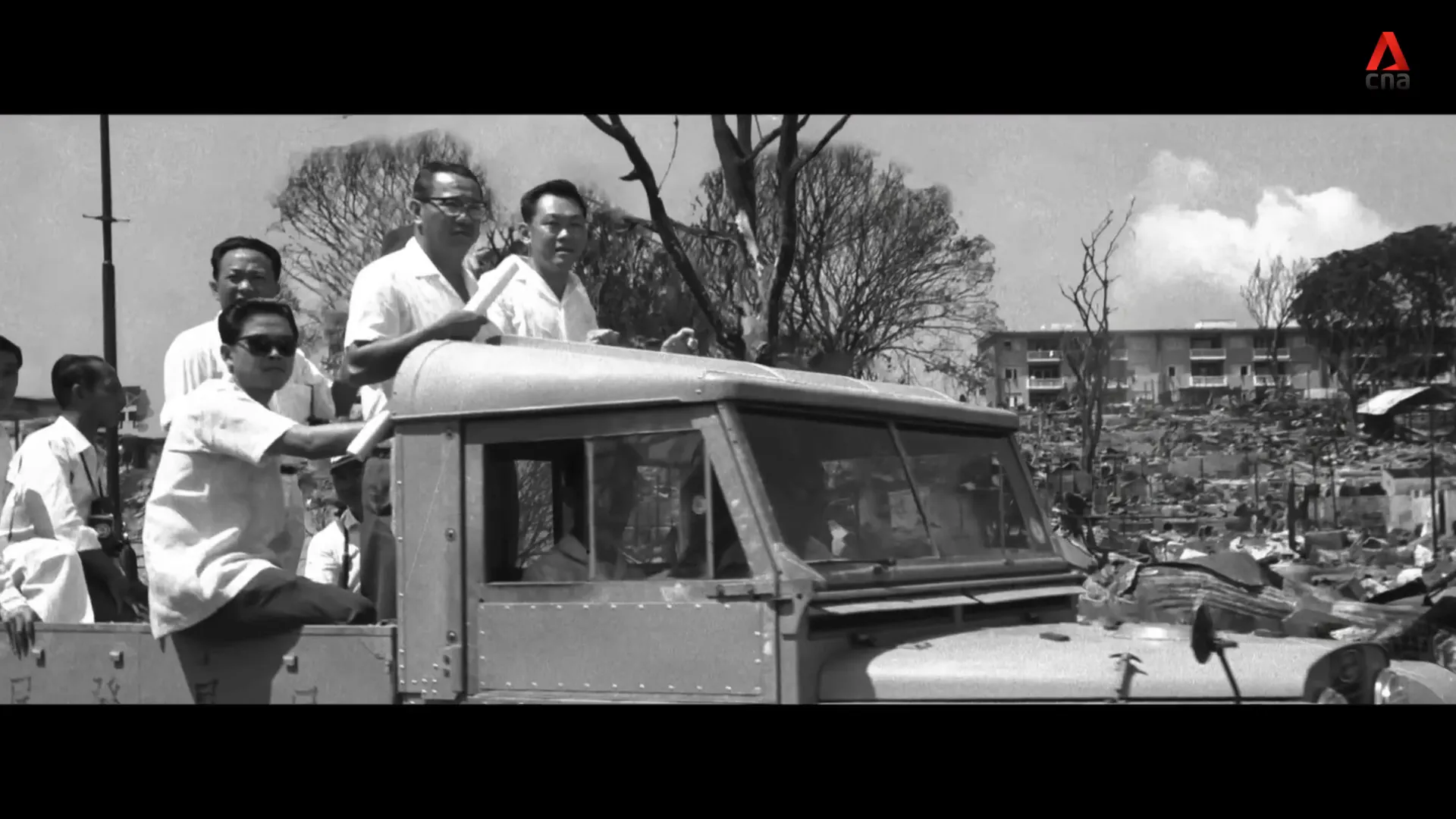
What Were Early HDB Flats Like?
The early HDB flats, particularly those built in response to the fire, were a significant improvement over previous housing options. Designed with a cookie-cutter approach, these units were quicker to build and provided essential amenities that were previously lacking.
These one-room emergency flats were basic yet functional, featuring a simple layout that prioritized efficiency. However, they also had limitations, such as internalized toilets that lacked ventilation, leading to moisture issues. Despite these drawbacks, they represented a crucial step towards modern public housing in Singapore.
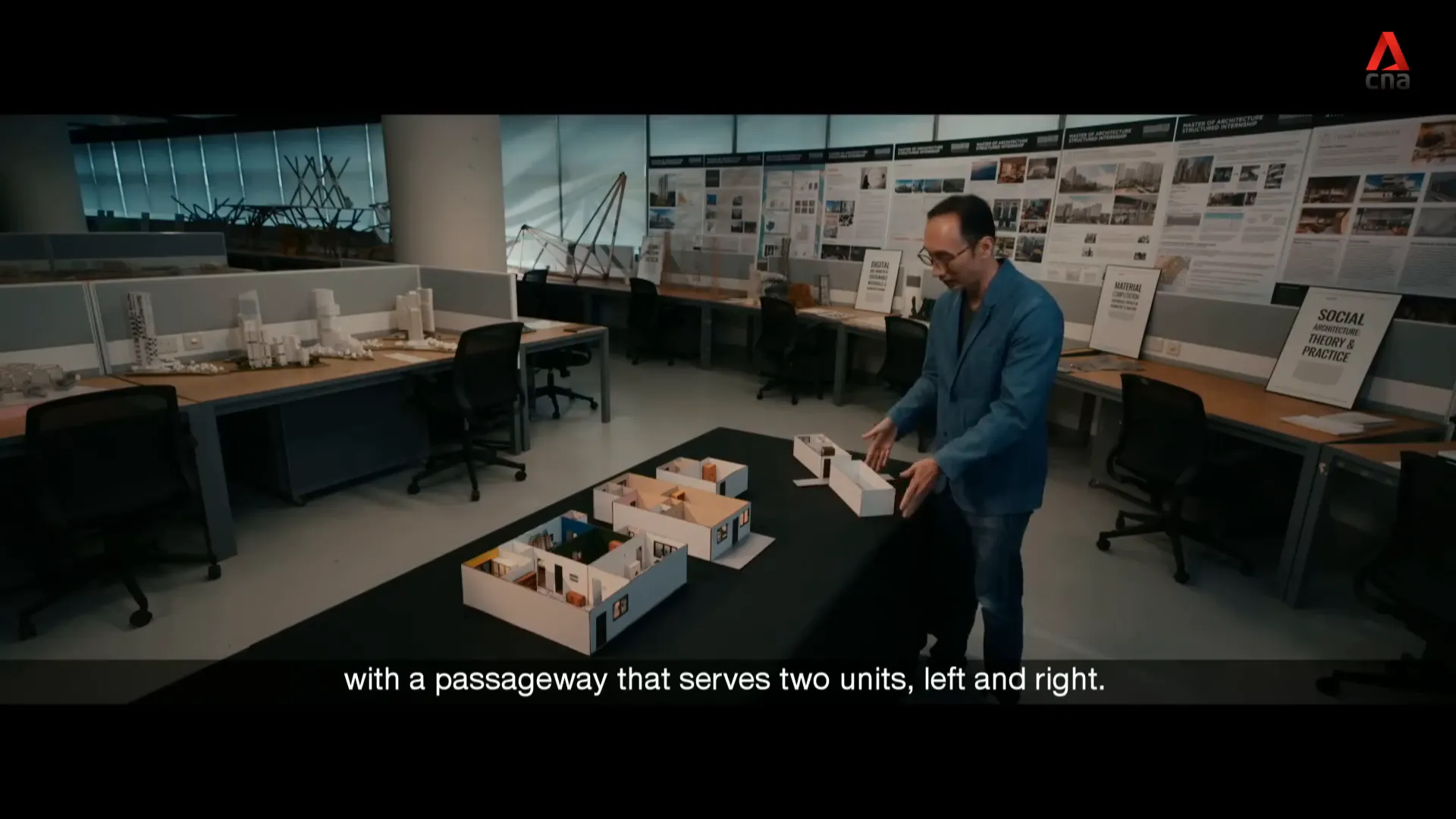
Other Related Articles:

The Impact of Public Housing on Community
Public housing in Singapore was more than just a roof over people’s heads; it fostered a sense of community and belonging. The design of HDB estates encouraged social interaction, with communal spaces, playgrounds, and markets integrated into the layout. This thoughtful approach helped to build a cohesive society amid rapid urbanization.
As families moved into HDB flats, they not only found shelter but also a supportive environment. Neighbors became friends, and shared experiences contributed to a collective identity. The HDB estates transformed into vibrant communities where residents actively participated in local events and initiatives.
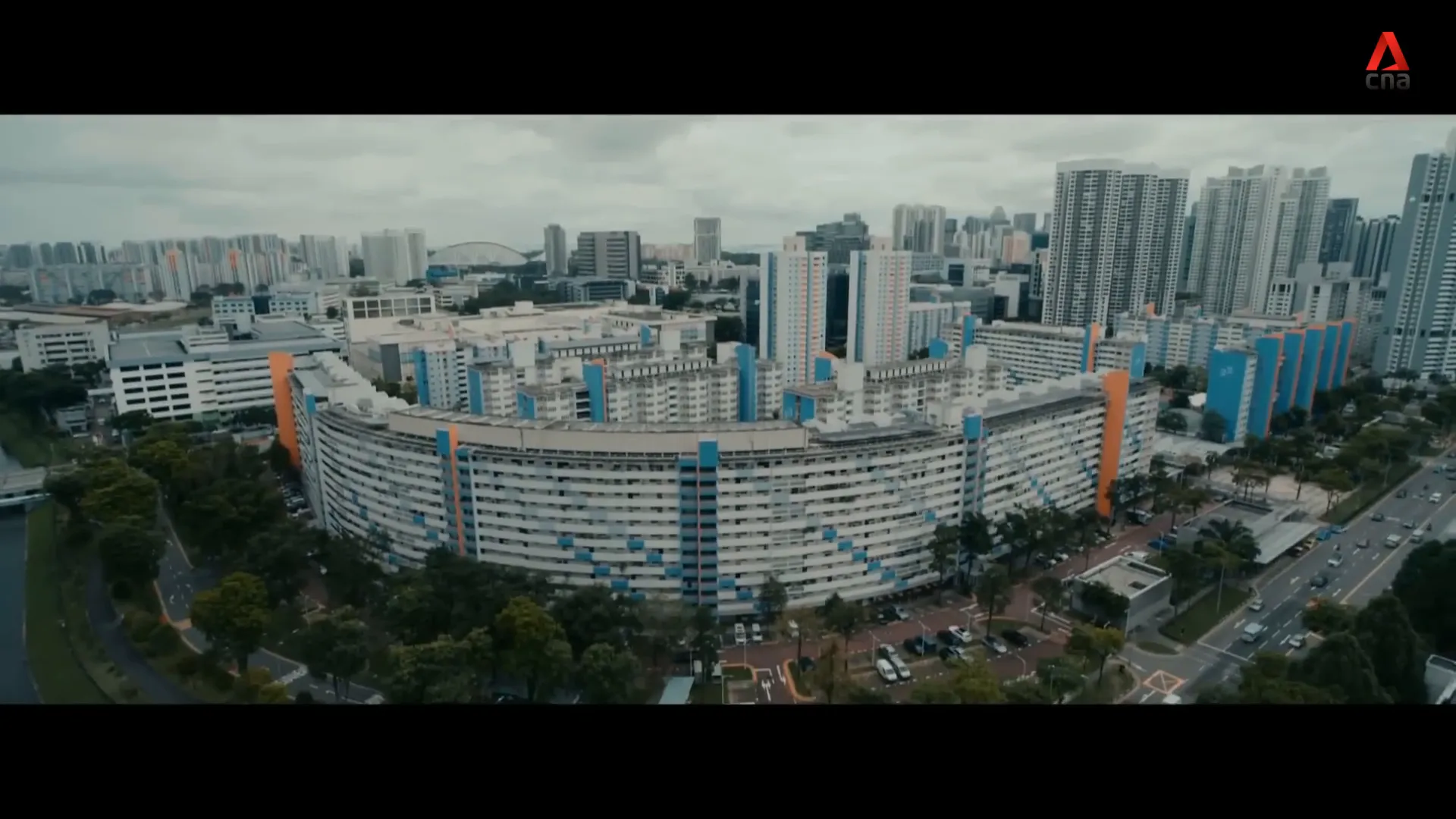
Challenges Faced During the Housing Boom
Despite the rapid development of public housing, the HDB faced numerous challenges during the housing boom. Local resistance to resettlement was significant, as many were reluctant to leave their kampungs for new flats. Overcoming this resistance required effective communication and reassurance from the government.
Additionally, there was a pressing need for skilled labor and technical expertise. The construction industry was still recovering from the war, and the demand for housing outpaced available resources. Lim Kim San and his team had to navigate these complexities while maintaining a focus on quality and affordability.
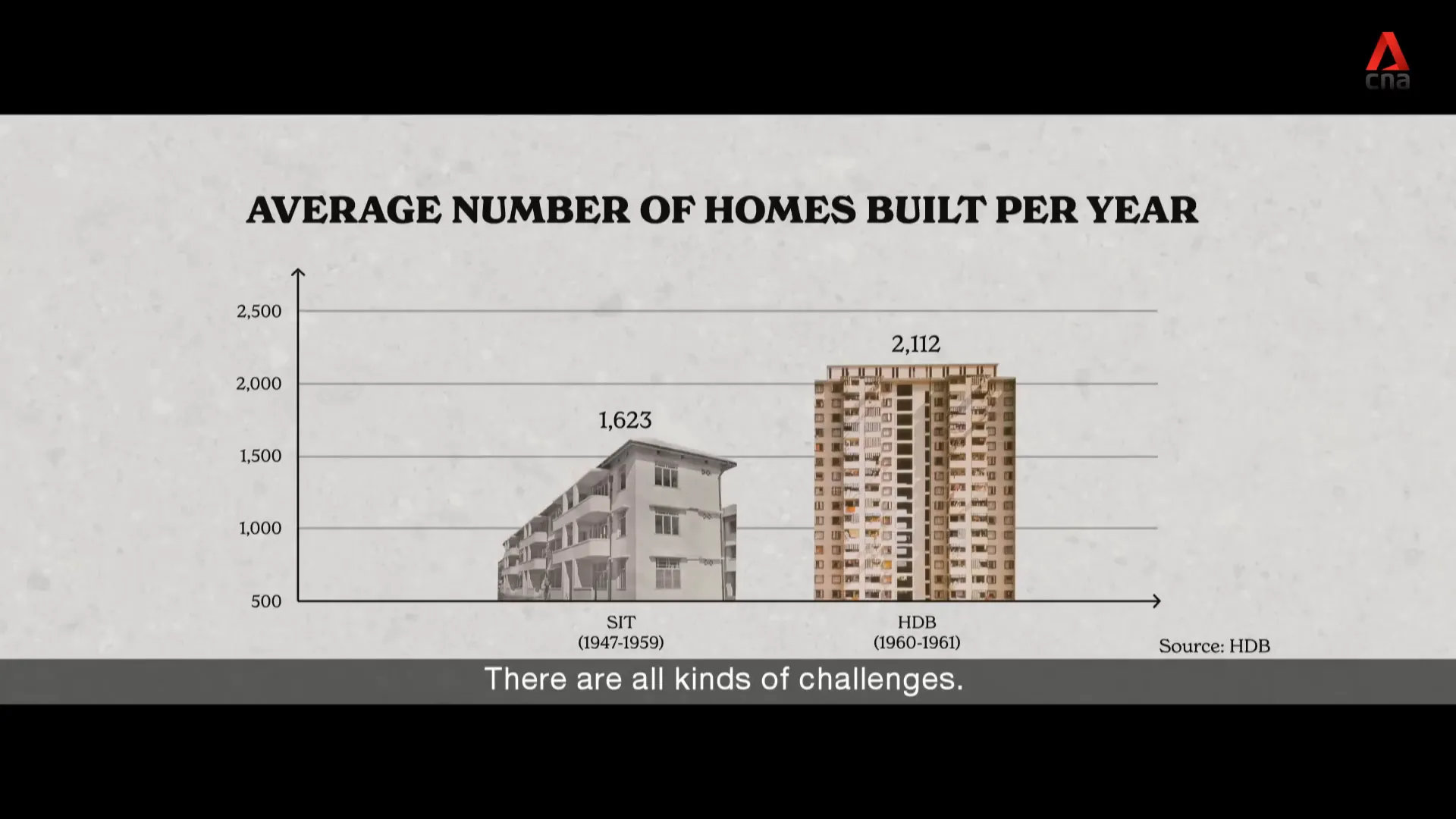
The Evolution of HDB Design
The evolution of HDB design reflects the changing needs and aspirations of Singaporeans over the decades. Initially, HDB flats were basic and functional, addressing urgent housing shortages. However, as societal expectations grew, so did the complexity and quality of designs.
In the early years, HDB focused on efficiency and speed of construction. The cookie-cutter model allowed for rapid deployment of housing units. But as the 1970s approached, there was a shift towards creating more livable spaces.
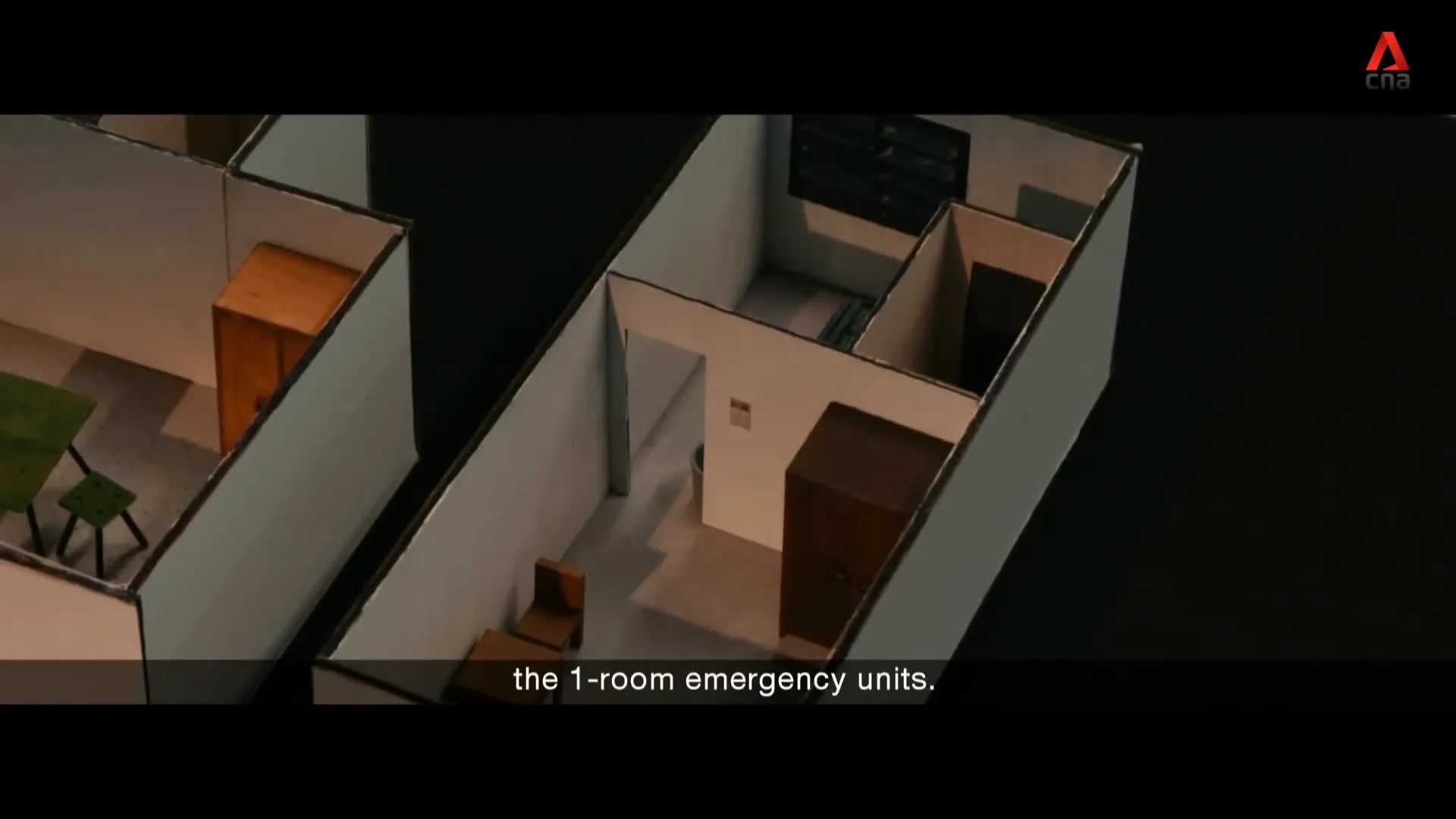
From Basic to Beautiful
By the 1980s, architectural innovation became a hallmark of HDB design. The introduction of aesthetics in public housing transformed the landscape. Features like balconies, larger windows, and green spaces were integrated, making homes more inviting.
The design philosophy evolved to prioritize not just shelter, but also community living. This shift led to the creation of vibrant neighborhoods where amenities and green spaces coexisted harmoniously.
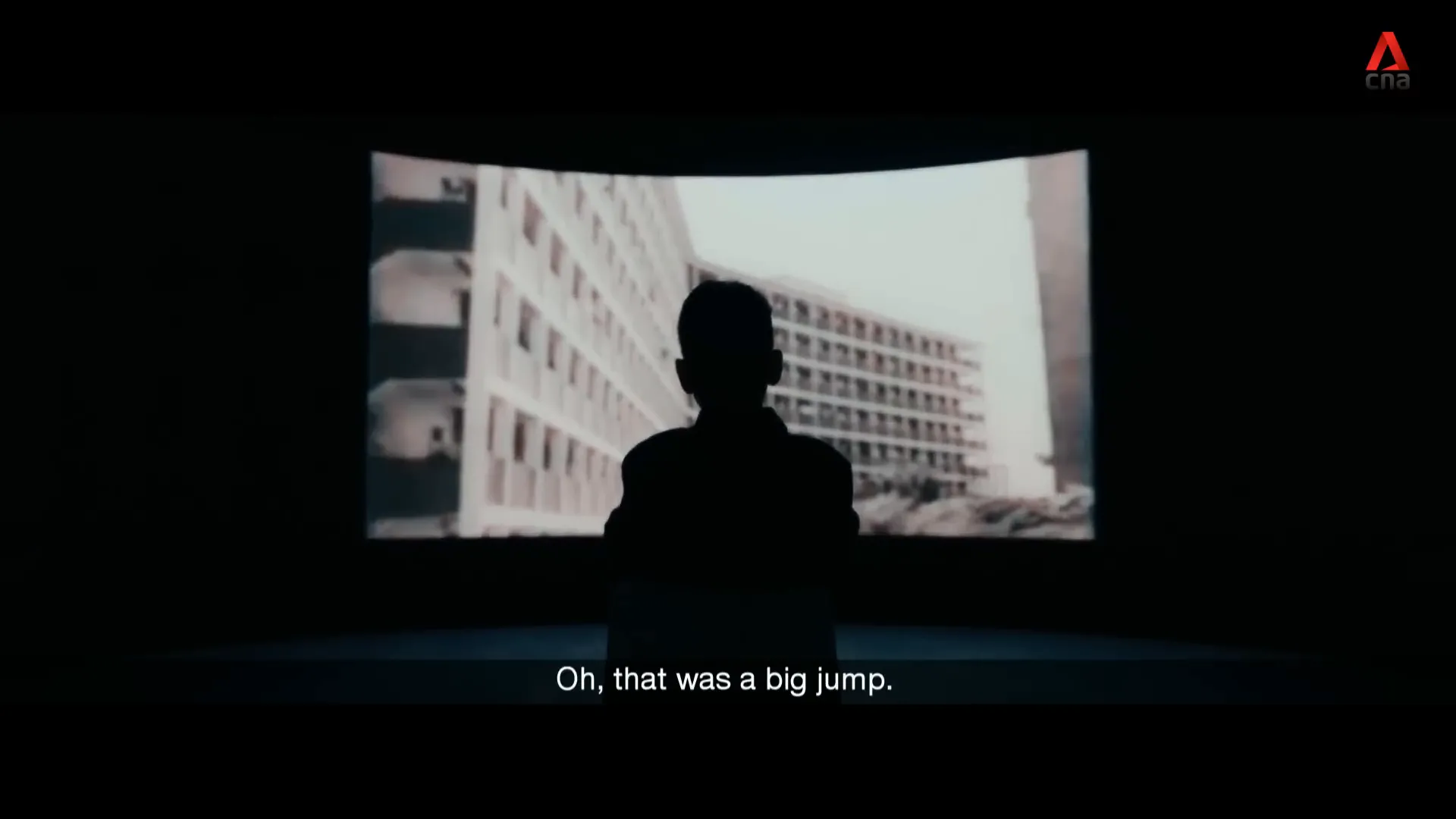
Home Ownership for the People Scheme
The Home Ownership for the People scheme was a revolutionary initiative that aimed to make housing accessible to the masses. Launched in 1964, it marked a significant departure from earlier rental models.
Mister Lim Kim San understood that homeownership would empower citizens. He envisioned a nation where families could take pride in owning their homes, akin to owning a family car. This vision led to homes being priced affordably, making ownership a reality for many.
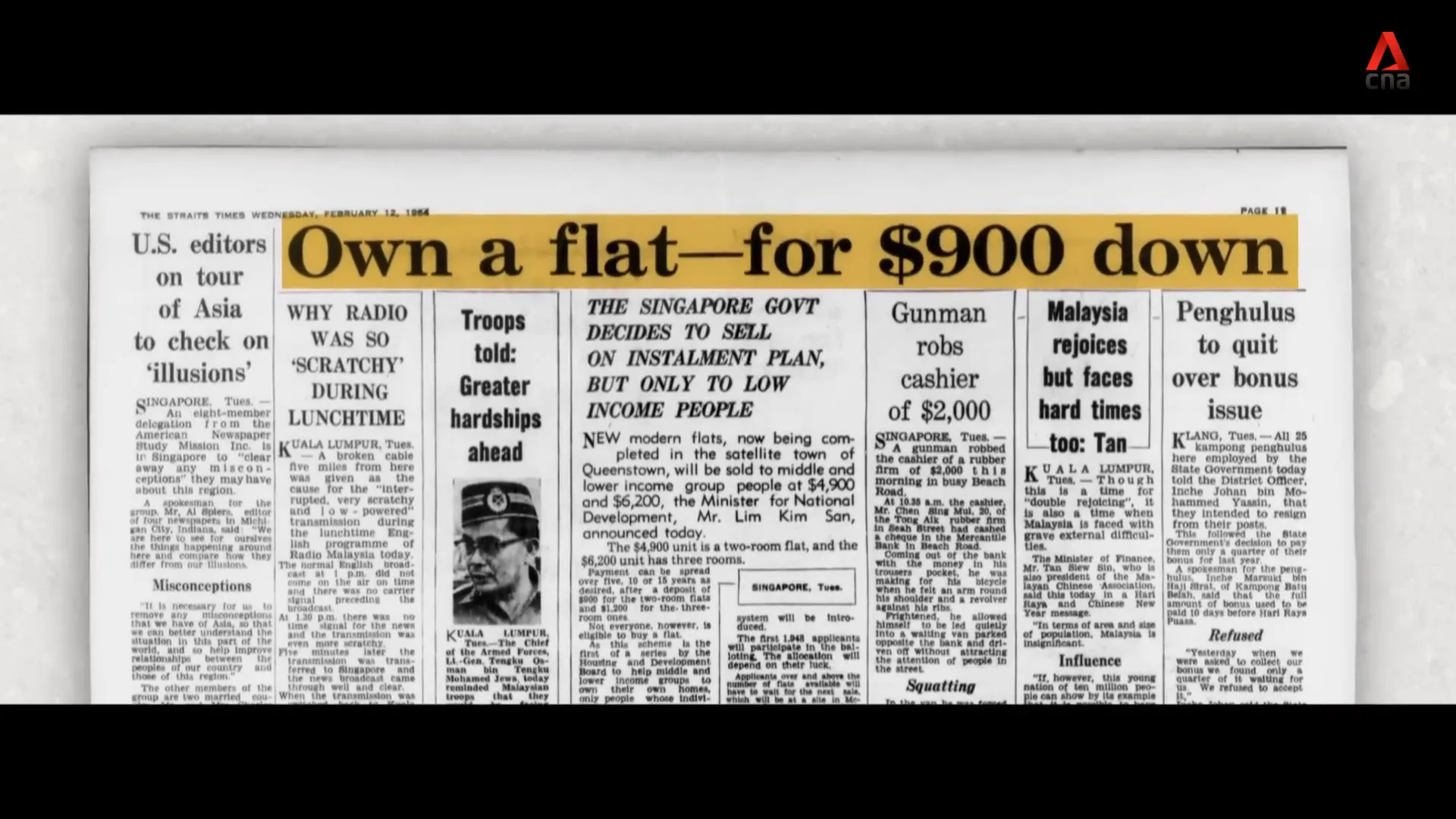
Affordability and Accessibility
Under this scheme, two-room units were priced at just $4,900, with a minimal deposit. This approach not only addressed the backlog of housing needs but also instilled a sense of belonging among residents. Families could invest in their homes, fostering stability and community.
The scheme was a game-changer. It facilitated a cultural shift, where owning a home became a symbol of success and aspiration. As more people embraced homeownership, the social fabric of Singapore strengthened.
Public Housing Today: A Global Model
Today, public housing in Singapore stands as a global model for urban development. With 80% of the population residing in HDB flats, the impact on social cohesion and urban planning is profound.
Singapore’s approach to public housing is unique. The integration of different ethnic groups within neighborhoods fosters a sense of unity. This deliberate design choice has created a multicultural environment where diversity is celebrated.
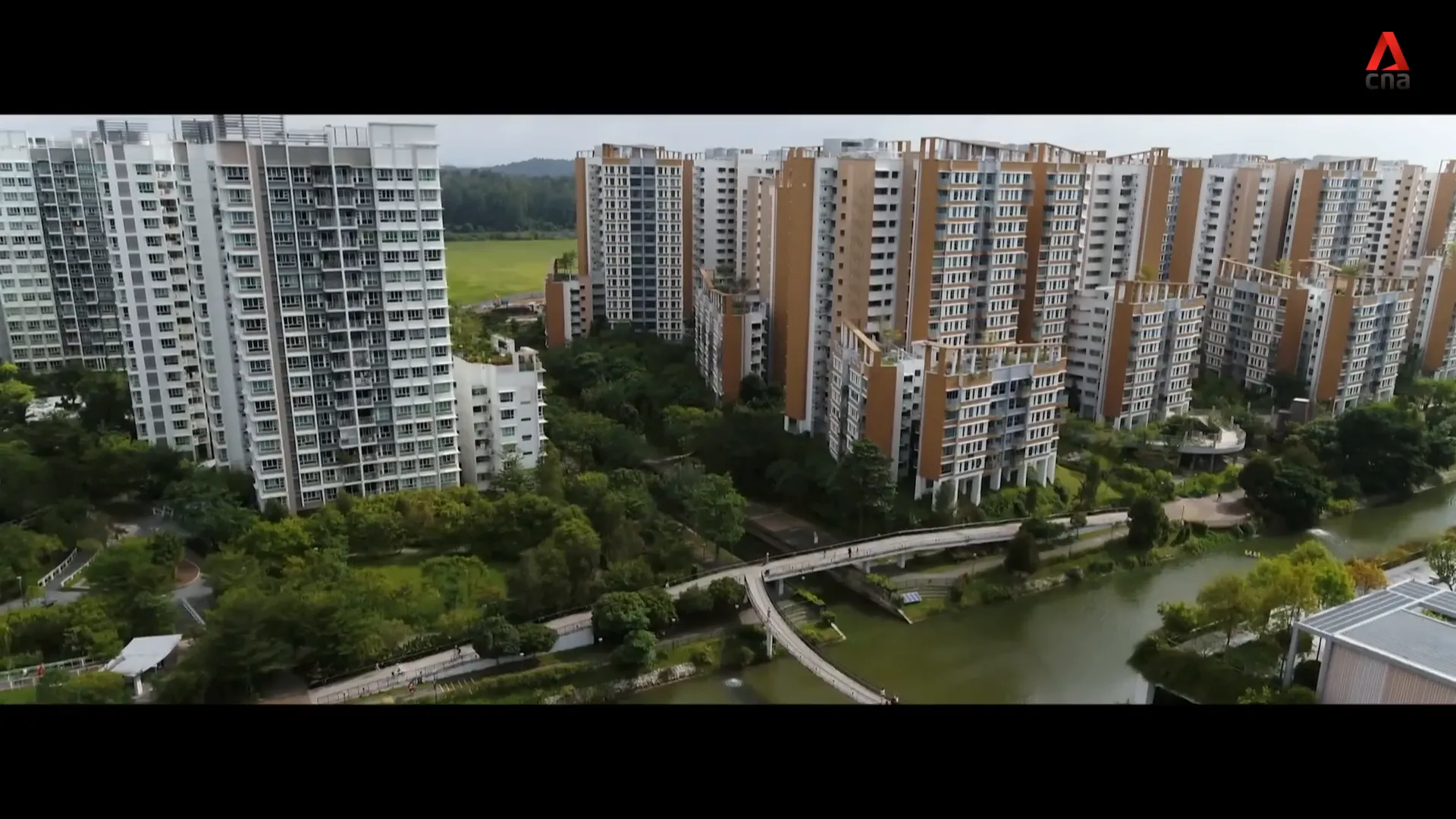
Innovative Solutions for Modern Challenges
The HDB continues to innovate, addressing contemporary challenges like sustainability and urban density. Initiatives such as eco-friendly designs and smart technology are being integrated into new developments.
Moreover, the HDB has embraced the concept of vertical living, maximizing land use while providing essential amenities. This forward-thinking approach ensures that public housing remains relevant and desirable.
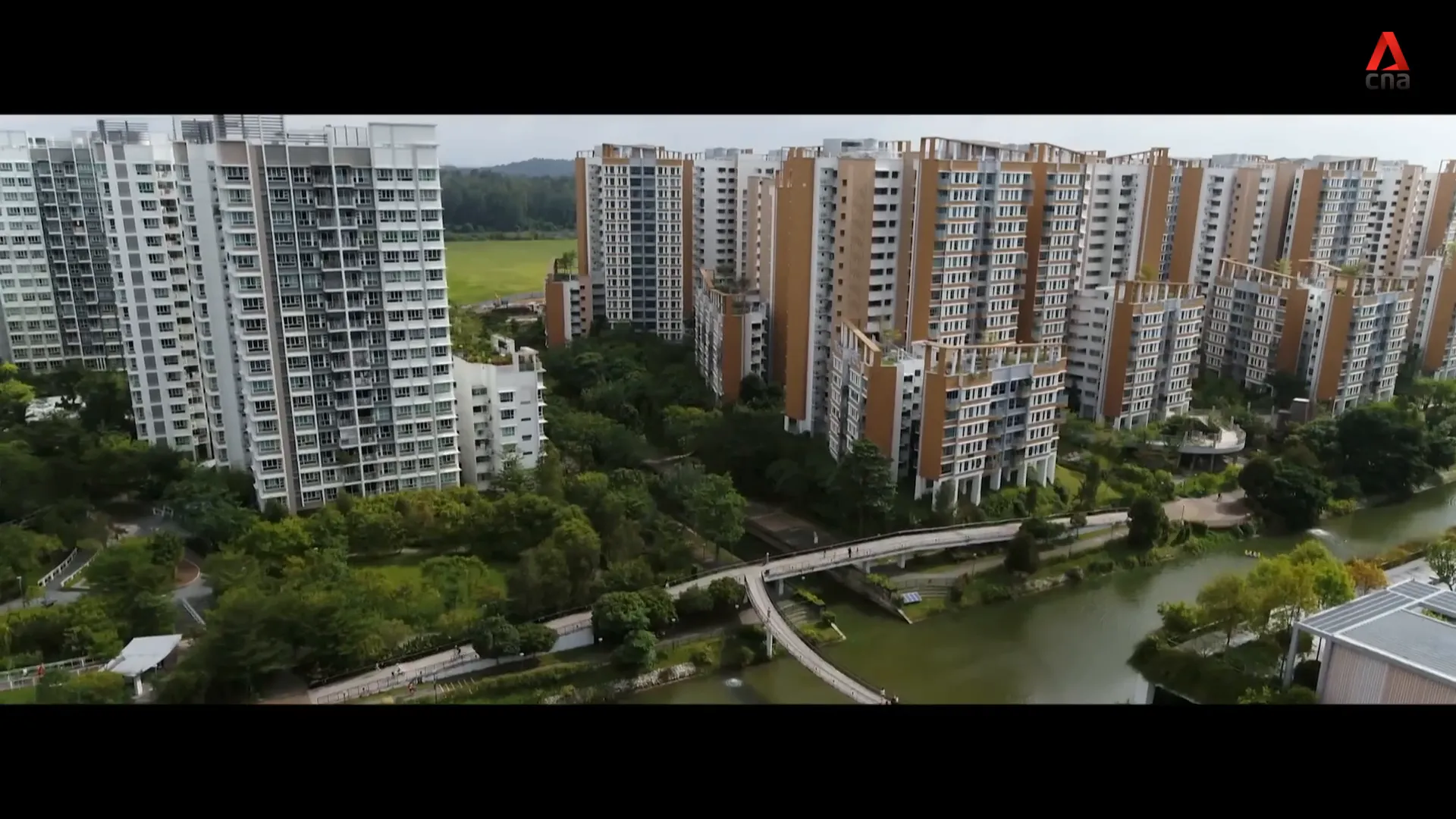
FAQ
What is public housing in Singapore?
Public housing in Singapore refers to the government-managed housing system that provides affordable homes for the majority of the population. Managed by the Housing and Development Board (HDB), it aims to ensure that every Singaporean has access to quality housing.
How does HDB ensure affordability?
The HDB implements various pricing strategies, including subsidies and grants, to make homeownership accessible. Units are priced based on market rates but are often subsidized to lower the financial burden on buyers.
What are the eligibility criteria for purchasing HDB flats?
Eligibility typically includes factors such as citizenship (Singaporean), age, family nucleus, and financial standing. Specific schemes cater to different demographics, ensuring that various groups can benefit from public housing.
How has public housing impacted Singapore’s society?
The development of public housing has significantly impacted Singapore’s society by promoting social cohesion, stability, and a sense of belonging. It has transformed lives, providing not just homes, but communities where people can thrive.
Disclaimer: This information is provided for informational purposes only. PropsBit.com.sg does not endorse or guarantee its relevance or accuracy concerning your specific situation. While careful efforts have been taken to ensure the content’s correctness and reliability at the time of publication, it should not replace personalized advice from a qualified professional. We highly recommend against relying solely on this information for financial, investment, property, or legal decisions, and we accept no responsibility for choices made based on this content.


